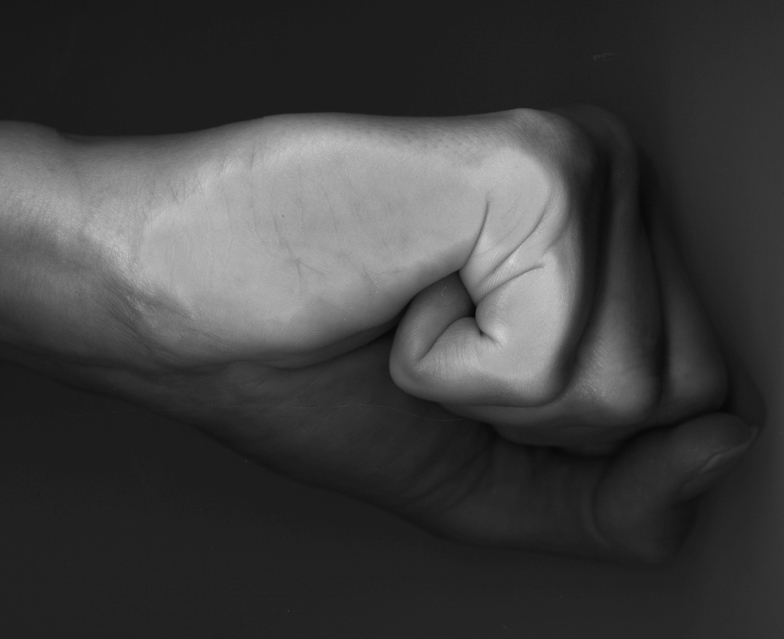Many musicians who come to me for Alexander Technique lessons do so because they have problems with their hands: chronic pain and/or coordination issues (these two can be very closely related).
Medical conditions like carpal tunnel syndrome and elbow tendonitis, as well as general discomfort and fatigue when playing can be, are often caused (or made worse), in part, by a misunderstanding of the structure/location and function (anatomy and physiology) of the hands, fingers and arms.
The same goes for coordination. I’ve lost count of the musicians I’ve encountered who are stuck at a certain level of technical proficiency (no matter how much they practice and how hard they try) because of the mechanical disadvantages they bring upon themselves through their habits (with their hands, arms, neck and back) as they play.
I won’t go into full detail here about how the hands relate to the arms, which relate to the back, which relates to the balance of the head on the spine. (Although this is of prime importance, and I’ve mentioned it before in several other articles).
Rather, I’m going to briefly talk about the three most common misconceptions (in my teaching experience) that most musicians have about the hands, wrists and lower arm. I’m also going to share some videos that will be highly useful in helping you to better visualize and understand how your hands, wrists and lower arms function.
So what are the three misconceptions I’m talking about here?
1. The location of your knuckles. Many musicians imagine their knuckle joints (metacarpophylangeal, or “MP” joints, as they are commonly called) as being in the location where their fingers connect to their palms (looking at the hand palm-side up). But in truth, these joints are lower than that. If you look at the topside of your hand and bend your fingers at the knuckle, while at the same time keeping them straight, you’ll see exactly where that joint is.
Now, bend your fingers the same way and look at the palm-side of your hand to see how much farther down those joints are from that fleshy place where your fingers meet your palms. If you play your instrument by trying to bend your fingers at this imaginary joint (where the fingers meet the fleshy part of the palm), you’ll create a signficant amount of excess tension and compression in your entire hand.
2. The joints of your thumb. Your thumb has three joints, not two. Many musicians think of the thumb has having one joint at the knuckle and the other joint at the fleshy location of where the thumb connects to the palm (an accurate, but incomplete understanding). But if you take the tip of your thumb (again, do this palm-side up) and touch the tip of your small finger with it, you’ll see how your thumb rotates from the bottom/middle part of your hand (from a third joint).
If you don’t allow for this movement when you play, you’re going to get a great deal of fatigue in you entire hand, and you’ll measurably interfere with the freedom and coordination of your other fingers. (I see this often in how woodwinds players use their right hands.)
Here’s a video excerpt from a DVD that I very highly recommend, called Move Well, Avoid Injury. This video not only illustrates my points about the knuckle joints and the thumb more completely, but also, offers a more constructive way of thinking about them:
3.How your wrist rotates. You have two bones in your lower arm (the ulna, which is on the small-finger side of the arm; and the radius, which is on the thumb-side of your arm). When you rotate your wrist at the elbow (let’s say, for example, what your left hand does as you play flute), the bones cross one another. (This movement is called pronatation and supination.) The most efficient way for this to happen is to allow the pivot point to be on the small-finger side (the ulna), so that the thumb can sweep radially into rotation (hence the name, radius).
If you try to rotate your wrists from the thumb-side, you’ll create a good deal of strain in your entire lower arm, as well as your hands and fingers. Your elbow joint, in particular, will be negatively impacted. This movement habit is what can lead to elbow tendonitis, among other things.
Here’s another video clip from Move Well, Avoid Injury to help illustrate this and suggest more helpful ways of thinking about it:
So whether you play, piano, guitar, saxophone, trumpet, drums (or any instrument where your hands are involved), by clarifying these three things you can play with greater freedom, less strain and more pleasure.

Thanks for the nice explanation of the hand. It is interesting that intermediate and even beginners are not getting this information and it seems to be of interest to advanced players with beautiful and loose hands and those that have injuries from fighting the instrument.
I don’t think most players at every level understand taking an object and putting in their hands is really a big deal.
So thanks for the article and thank Rena for bringing it to our attention
Hi Mike, nice to hear from you! In my experience as an Alexander Technique teacher (and professional saxophonist), I encounter my fair share of advanced and even pro players who also don’t understand enough about their hands, nor the psychophysical dynamics of how we use our hands in activity. Glad you liked my post, and I, too, thank Rena for sharing it!